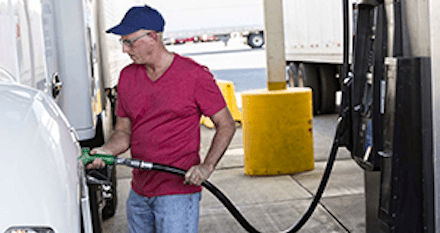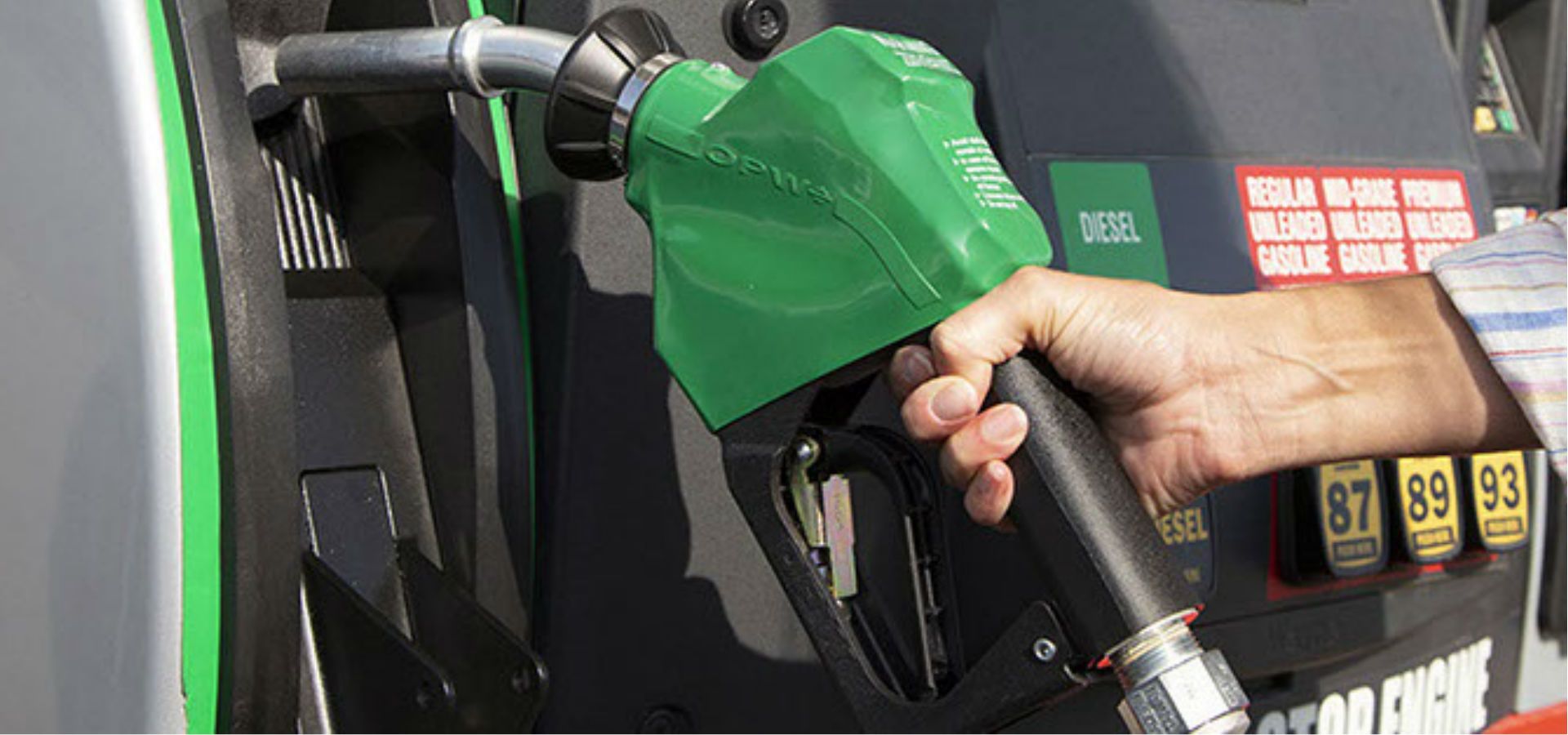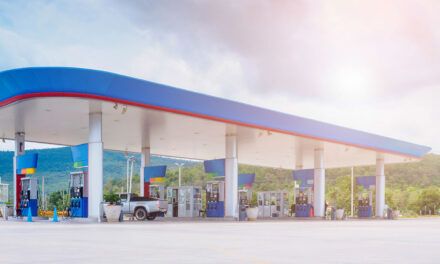
DRIPLESS NOZZLES Can Improve Fuel-Site Brand Perception
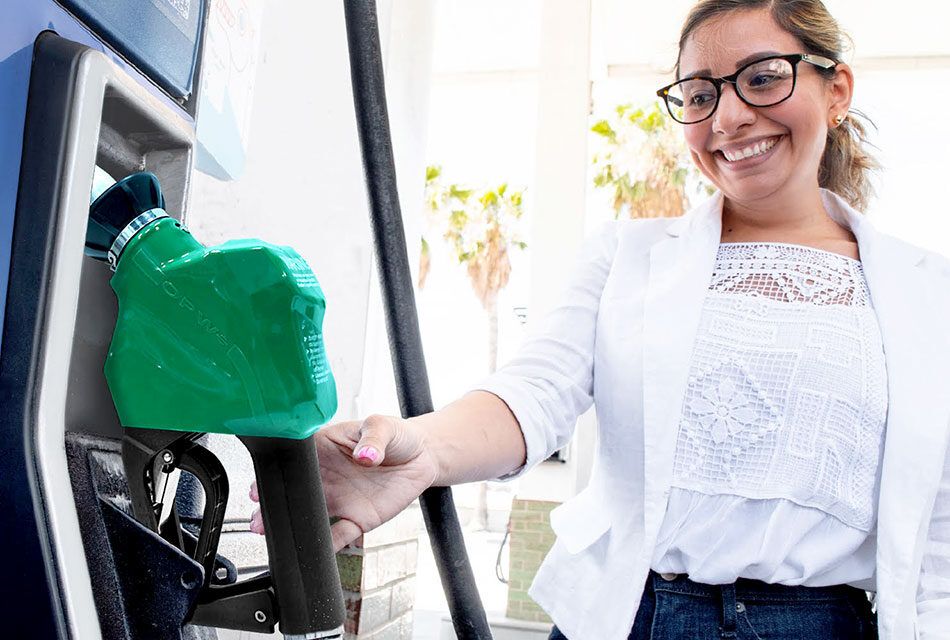
DRIPLESS NOZZLES Can Improve Fuel-Site Brand Perception
By Ed Kammerer
According to the Canadian Fuels Association, citing a 2019 report from Statistics Canada, the country’s nearly 12,000 retail-fueling stations dispense more than 218 million liters (57.6 million gallons) of motor fuels per day. In a year, that is 79.5 billion liters (21 billion gallons) that find their way into the fuel tanks of the nation’s drivers.
It also represents a stunningly large amount of unaccounted-for drops of fuel that either linger in the fuel nozzle or fall on the ground, vehicle body or hands, shoes, and clothes of the vehicle driver at the conclusion of the fueling process. Any retained drops can also be emitted as fugitive volatile organic compounds (VOCs) that can harm the atmosphere.

Since the beginning of the motor age some 120 years ago, this has been an unavoidable “cost of doing business” for the purveyors of motor fuels. It is also a cost that can affect the retailer’s reputation if the accumulation of fuel drops on the forecourt surface or nozzle guards creates a fueling site that appears to be dirty or unsafe to potential customers. This can result in a compromised brand image that deters potential customers rather than welcomes them.
This is important because market research regarding the behavioral habits of drivers has shown that a dirty, unappealing forecourt and fuel-island nozzle will dissuade drivers from entering a fueling site’s adjoining convenience store. This means that maintaining a clean fueling site is a competitive advantage for fuel retailers with a c-store offering, with industry studies indicating that clean fueling nozzles are more important to many drivers than fuel price when they are looking for a place to refuel their vehicles.
For years, nozzle manufacturers have attempted to develop a technology that would eliminate the drip of fuel from or retention in the nozzle at the completion of the fueling process. It is only recently that OPW Retail Fueling in Smithfield, NC, developed a true innovation in this area: OPW 14 Series Nozzles, which feature patented spout technology that is designed to deliver a cleaner, greener fueling experience.
A Bit Of History
The impetus behind the search for a reliable dripless-nozzle technology, especially in the United States, was driven as much by regulation – with Canada oftentimes piggybacking on successful U.S. regulatory norms – as by the desire to keep forecourts clean. It has been 30 years now since Stage II gasoline vapor-recovery systems have been used in the U.S to combat excess VOC emissions. In that time, Onboard Refueling Vapor Recovery (ORVR) equipment was phased in for new vehicles and was first implemented nearly 20 years ago for light-duty vehicles. However, the addition of ORVR to vehicles made it so the vehicle itself was processing its own vapor when being refueled.
In 2011, the United States Environmental Protection Agency (EPA) announced a new policy called the “Widespread Use for ORVR and Stage II Waiver.” In this regulation, the EPA essentially eliminated the largely redundant Stage II requirement so that all refueling vapor-control regulations were no longer unnecessarily burdensome to American business.
The driver behind this policy was the fact that a majority of vapor-recovery systems were not compatible with ORVR equipment, and are actually counterproductive. As the Stage II vapor-recover system pulls the vapor out of the fuel tank, the ORVR equipment is simultaneously trying to gather the vapor so that the nozzle is collecting clean air. This results in the vapor-recovery nozzle ingesting clean air into the underground storage tank (UST), which will result in vapor growth and overpressurization of the UST. Because of this butting of heads between the Stage II and ORVR systems, more fuel actually evaporates, resulting in the escape of more VOCs to the environment.
Moving Forward
So, the search for a dripless nozzle technology proceeded along two parallel paths. The first technology eliminates the lost or retained drops of fuel at the conclusion of the fueling process that could also lead to their evaporation as harmful VOC emissions. The second finds a way to capture the fuel in the spout and prevent it from dripping onto the forecourt.
Early attempts at a dripless nozzle led to the development of a nozzle technology that uses gutters, ripples, or dams in the fuel spout to keep the fugitive fuel drops from leaking out. When the spout is placed back into the nozzle holder on the dispenser, however, any fuel that is retained is exposed to the environment, resulting in evaporation and the release of VOCs into the atmosphere. While this technology meets the test parameters for a reduced-drip nozzle, it cannot be labeled a true dripless-nozzle technology.
That is what makes the OPW 14 Series Nozzles a revelation and a true dripless-nozzle solution. The nozzles feature a patented, free-draining spout that drains the residual fuel out of the spout and then into the vehicle when the dispensing process is halted. They have also been tested to meet the rigorous standards set by California Air Resources Board (CARB) for dripless conventional nozzles.
OPW’s 14 Series nozzles include two dripless enhanced conventional gasoline nozzles, both of which have been engineered with patented free-draining spouts, precise fuel control, and rugged durability. These nozzles were developed to exceed CARB dripless-nozzle requirements and have been approved by Underwriters Laboratories (UL) and Underwriters Laboratories Canada (ULC).
OPW 14BP Dripless Enhanced Conventional Gasoline Nozzle
The 14BP is UL/ULC-listed and features a free-draining spout with no dams or hidden reservoirs.
OPW 14E Dripless Enhanced Conventional Gasoline Nozzle
CARB-certified and UL/ULC-listed, the 14E features a free-draining spout and interlock for a true dripless fueling experience.
For those fueling sites that offer a diesel-fuel option, there is a third member of the 14 Series family:
OPW 14C Diesel-Capture Nozzle
Patented diesel-capture technology allows any retained fuel in the 14C spout to migrate back to the diesel-capture device, which secures the fuel in a diesel-capture chamber until the next fueling cycle begins.
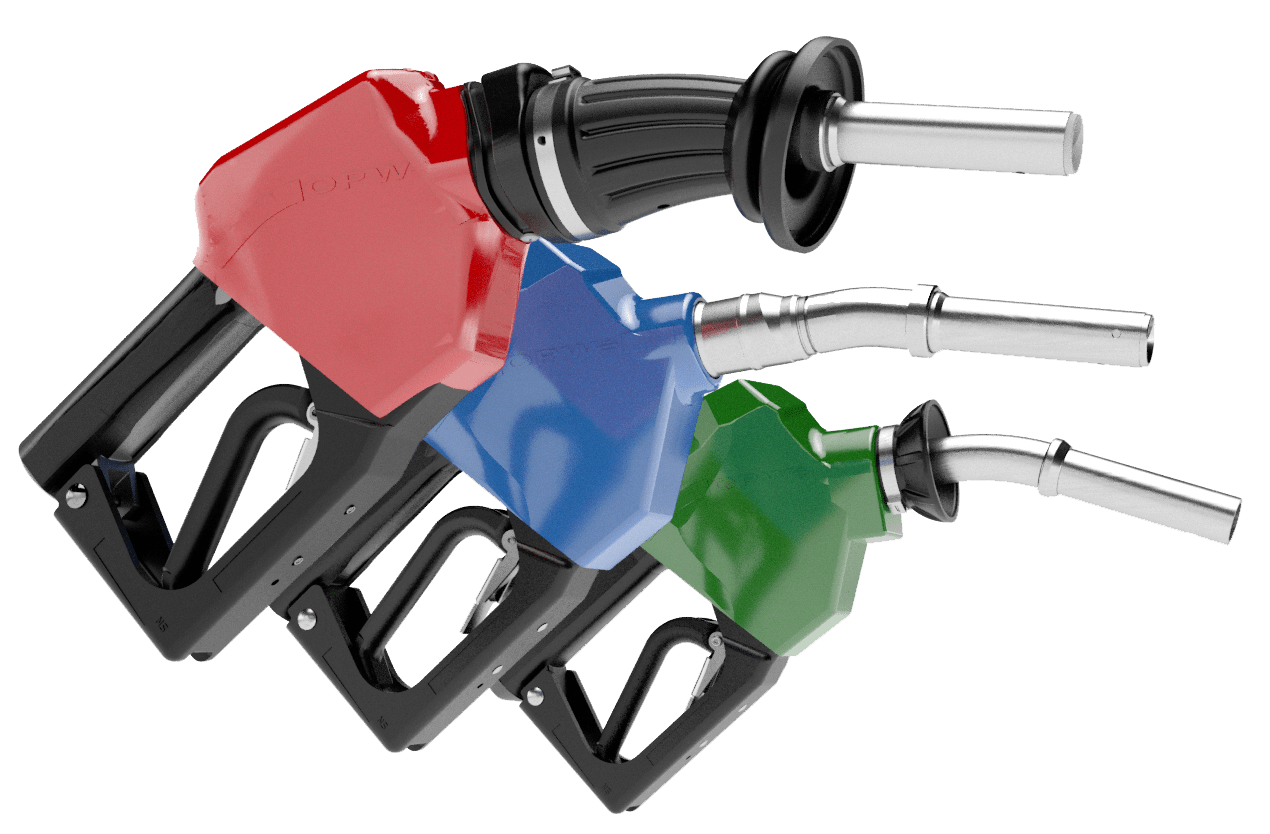

Conclusion
Many variables determine the ultimate success of a fueling site – location, demographics, vehicle count, and competition being chief among them. One variable that is directly related to the site’s brand image is the cleanliness of the forecourt and fuel-dispensing equipment. Unsightly fuel stains and accumulation on the concrete and nozzle guards, along with the propensity for uncontrolled fuel drops to foul the driver’s vehicle, shoes, clothes, and hands, can prompt those drivers to look elsewhere for their refueling needs. The revolutionary new dripless OPW 14 Series Nozzle family can help overcome those image-damaging concerns by being the industry’s first truly dripless nozzle technology, resulting in a cleaner, greener fueling experience that is also safer for the fuel site, drivers, and environment.
Ed Kammerer is the director of global product management for OPW, based in Cincinnati, OH, USA. He can be reached at ed.kammerer@opwglobal.com For more information on OPW, go to OPWGlobal.com






